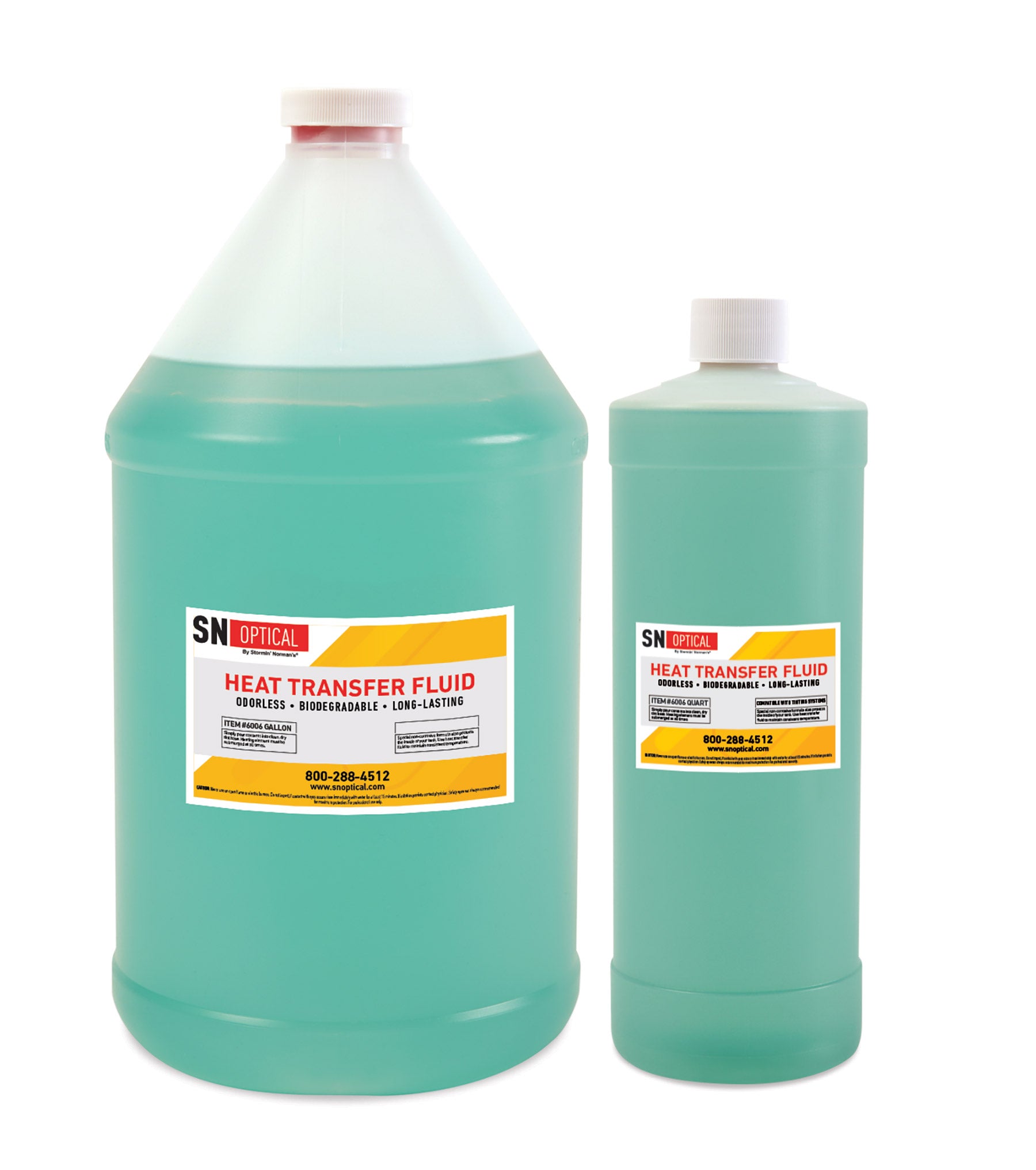A Comprehensive Guide to Heat Transfer Fluid for Solar Thermal Solutions
A Comprehensive Guide to Heat Transfer Fluid for Solar Thermal Solutions
Blog Article
Why Heat Transfer Liquid Is Very Important for Optimizing Energy Transfer in Equipment
The duty of warm transfer liquids in enhancing energy transfer is essential for attaining efficient thermal monitoring across numerous commercial sectors. These liquids help with smooth warm exchange, making sure procedures run within optimum temperature level ranges and reducing the danger of overheating. Their choice, based upon aspects like viscosity and thermal security, directly affects the efficiency and sustainability of a system. The details of choosing the appropriate liquid are often taken too lightly. What are the important considerations for this selection, and exactly how do they influence both financial performance and ecological responsibility in industrial applications?

Role in Thermal Monitoring
Warm transfer liquids play an important duty in thermal management by effectively regulating temperature levels in various industrial processes and systems. These specialized fluids help with the transfer of heat between different elements, making certain optimum operating problems and preventing getting too hot. By keeping accurate temperature level control, heat transfer fluids make it possible for sectors such as chemical production, oil and gas, and power generation to operate securely and successfully.
The choice of a proper warmth transfer liquid depends upon a number of variables, including thermal security, warmth capability, and thickness. High thermal security makes certain that the fluid can stand up to severe temperatures without breaking down, while a high heat capacity enables it to soak up and launch considerable amounts of warm - heat transfer fluid. Low thickness minimizes the power needed for pumping, adding to total system performance
Moreover, warmth transfer liquids are indispensable in applications like refrigeration, where they aid take in and dissipate heat during the cooling cycle. In solar thermal power systems, these liquids capture and transport solar warmth to create power or supply hot water. Their adaptability to varied operating conditions and capacity to preserve constant thermal efficiency highlight their importance in commercial thermal management, promoting operational connection and improving precaution.

Enhancing System Effectiveness
To take full advantage of the advantages of thermal administration, improving system performance with the calculated usage of warmth transfer fluids is vital. By preserving optimum temperature level degrees, warm transfer liquids aid make certain that systems run within their developed criteria, consequently preventing overheating and minimizing the risk of component failure.

Types of Warmth Transfer Fluids
The diversity of heat transfer fluids underscores their crucial role in a variety of industrial applications, each customized to fulfill details thermal administration demands. this These fluids facilitate effective energy transfer and are selected based upon vital residential or commercial properties such as thermal stability, viscosity, and warm capability. The key types consist of water, glycol solutions, oils, and synthetics, each offering distinct benefits.
Water is one of the most usual warm transfer tool as a result of its high details warmth capacity and affordable. Its use is limited by its freezing and steaming points. Glycol mixtures, typically utilized in cooling and heating systems, provide a lower freezing factor, including convenience in various climates. Mineral oils are favored for their thermal stability and non-corrosive nature, making them ideal for high-temperature applications.

Synthetic fluids, consisting of silicone and aromatic compounds, supply remarkable thermal security and are made use of in environments demanding extreme temperature level varieties. These fluids ensure superior performance in systems where typical liquids may stop working. this contact form The choice of a warmth transfer fluid is critical, as it influences system efficiency, safety, and longevity. Each type should be chosen to line up with the functional needs and the specific conditions of the application it offers.
Environmental and Economic Perks
Making use of the best heat transfer fluids provides considerable ecological and economic benefits for industrial procedures. By picking fluids with premium thermal security and high heat capability, sectors can enhance energy performance, bring about minimized fuel usage and lower greenhouse gas exhausts. This adds to a smaller carbon impact and straightens with international sustainability objectives. Eco friendly heat transfer fluids, frequently eco-friendly and safe, decrease the danger of dirt and water contamination in the occasion of leakages or spills, consequently protecting environments and abiding by stringent ecological guidelines.
Economically, the appropriate warm transfer fluid can dramatically decrease functional prices. Liquids with extended lifecycle efficiency reduce the regularity of replacements and upkeep, lowering downtime and associated expenses. Generally, the calculated usage of optimum heat transfer fluids sustains sustainable economic development and environmental useful reference stewardship.
Picking the Right Fluid
How does one browse the complicated procedure of picking the appropriate warmth transfer liquid for commercial applications? Thermal security ensures the liquid can endure high temperature levels without deteriorating, while compatibility stops rust or various other harmful reactions with system parts.
In addition, the fluid's warm ability and viscosity are extremely important. A high heat capability allows the liquid to absorb and transfer more energy, boosting efficiency. Ideal viscosity makes sure marginal pump work and reliable heat transfer, particularly in varying temperature levels. Environmental and safety and security facets ought to also be component of the decision-making process. Safe, biodegradable fluids decrease ecological effect and adhere to governing requirements, lessening obligation risks.
Verdict
The strategic option and application of warmth transfer fluids are basic to optimizing power transfer throughout different systems. By ensuring high thermal security and ability, these fluids give accurate temperature level control and improve general system performance.
Report this page